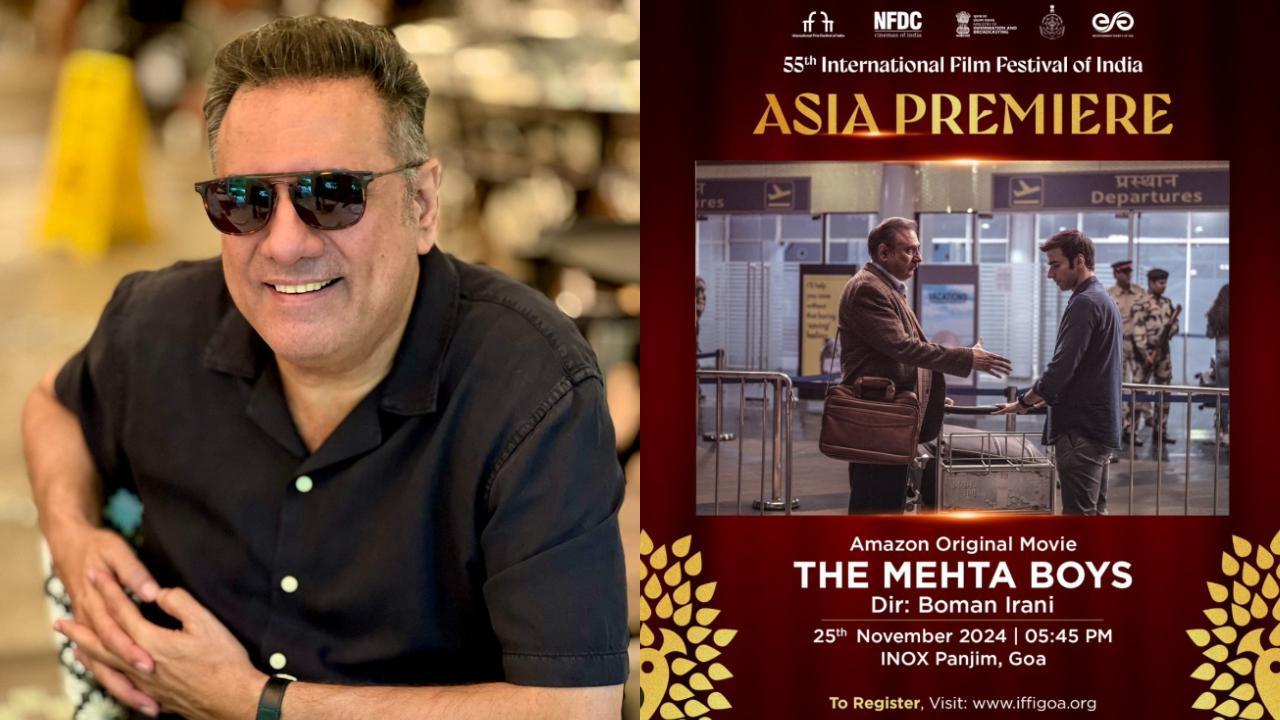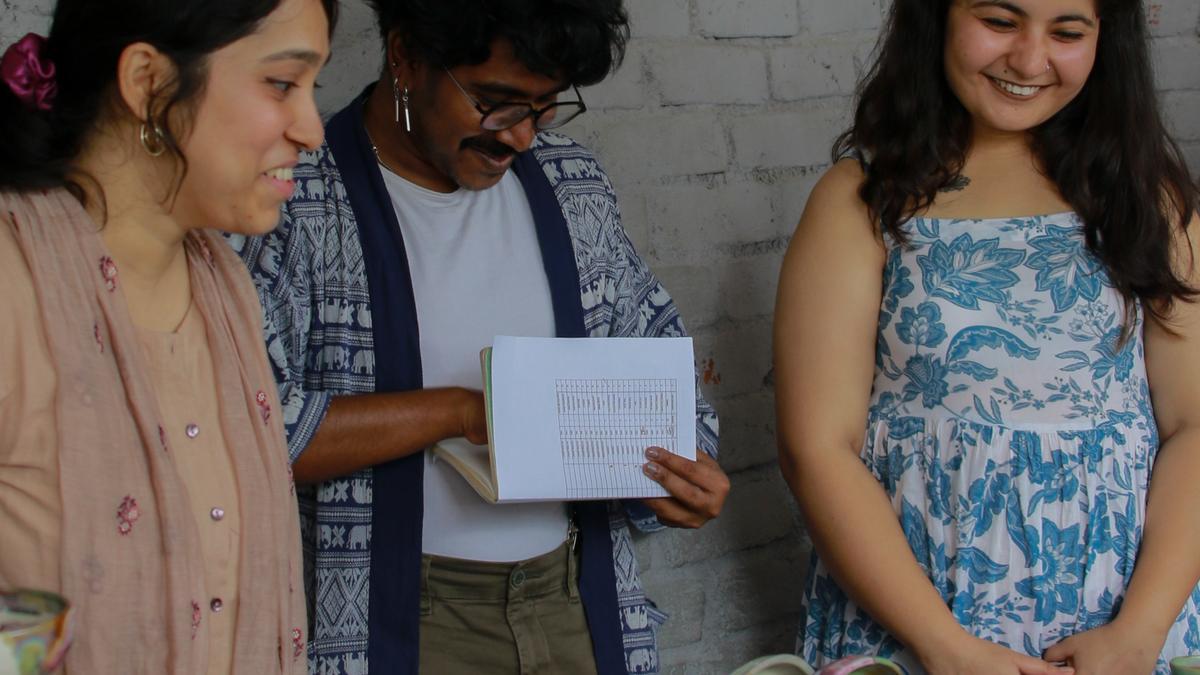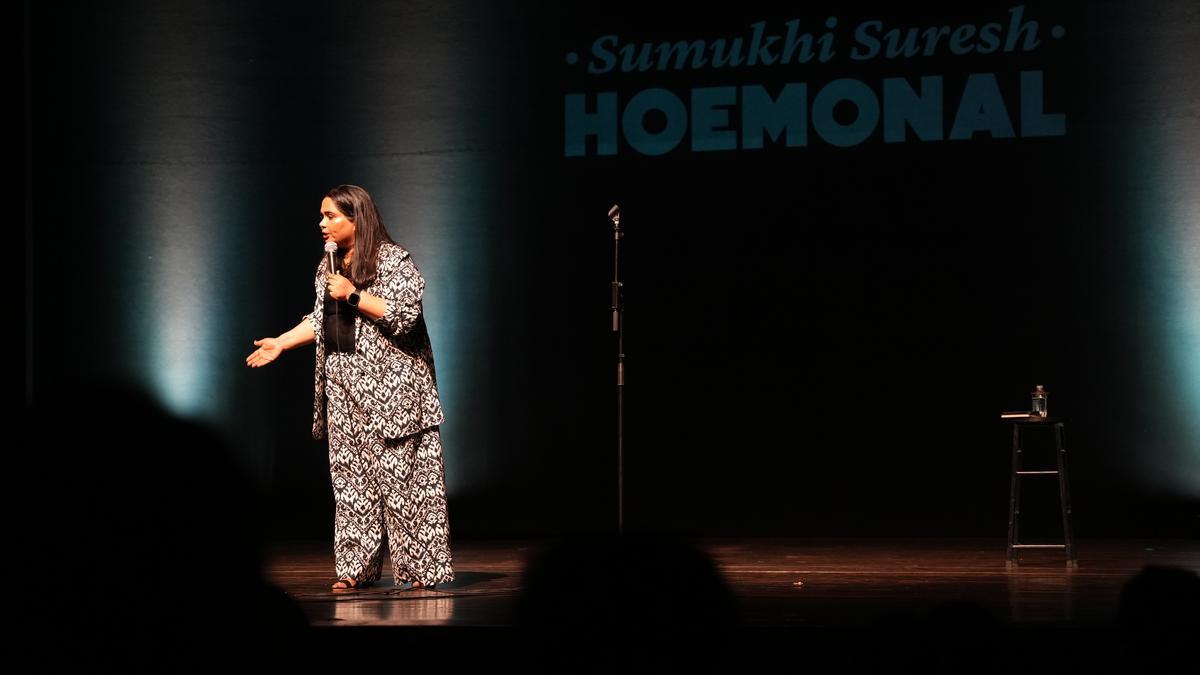
As the anniversaries of three iconic films loom over the horizon, it is a time to reminisce and celebrate the cinematic genius of Sivaji Ganesan, whose performances brought to life the creativity of the United Amateur Artistes (UAA). The UAA, a cornerstone in the Tamil theatre scene, boasts of being the creative force behind the storylines of three standout Sivaji films – Paar Magale Paar, Gauravam, and Pareetchaiku Neramachu. This year marks the diamond jubilee of Paar Magale Paar, with Gauravam and Pareetchaiku Neramachu celebrating their golden and ruby jubilee, respectively.
The journey began when UAA’s drama ‘Petralthaan Pillaya’ was transformed into the 1963 cinematic venture ‘Paar Magale Paar’. A young Y.G. Mahendra, bound by the tethers of childlike aspirations, experienced the sting of role modification when the script called for a girl rather than a boy, thus depriving him of reprising his stage role onscreen. Serendipitously, the versatile Cho was cast as Mechanic Madasamy, a character he embodied during the stage play.
A recently held audio-video presentation honored these three films inspired by UAA’s plays, with YGM presenting fascinating vignettes from behind the scenes. The deep-dive into Sivaji’s mastery revealed the nuanced portrayal of complex characters harboring negative shades, icons like Sivalingam from Paar Magale Paar, and the prideful barrister Rajnikanth from Gauravam. YGM shone a light on scenes in Paar Magale Paar that displayed Sivaji’s unparalleled ability to capture the gradual decay of a friendship marred by class and economic disparity.
Indeed, Gauravam (1973) stands as a milestone where YGM, finally stepping into the limelight next to Sivaji, sculpted a legacy of his own. This screen adaptation of UAA’s ‘Kannan Vandhaan’, penned and directed by Vietnam Veedu Sundaram, and produced by S. Rangarajan, showcased Sivaji in dual roles that served as a testament to his impeccable craft. The transformation between the arrogant barrister Rajnikanth to the gentle-natured nephew Kannan exemplified Sivaji’s commitment to character preservation, impacting even the minutiae such as his morning greetings on set.
A monument to the melding of drama and cinematography was erected with Sivaji’s spell-binding interval block pose, which was beautifully framed by Vincent’s expertise in lighting and framing. These elements, when intertwined, created cinema that resonated with authenticity and dramatic brilliance.
The film adaption of ‘Pareetchaiku Neramachu’ in 1982, another fruit of Vietnam Veedu Sundaram’s literary craft, presented Sivaji as Nadadur Narasimhachari. Sivaji, along with Mukta Srinivasan, sought inspiration in the hallowed halls of the Triplicane Parthasarathy temple, concealing himself from the public’s fervor to encapsulate the essence of his character—an orthodox Iyengar’s disposition. On this canvas of filmmaking, Sivaji imparted acting wisdom to YGM, refining his portrayal of a rugged rowdy with a mere change in his gait.
When these cinematic titans, Sivaji and YGM, beheld their performances on the screen at the Santhi theatre, it was a nod of mutual respect that punctuated the moment when the audience roared in approval of YGM’s enigmatic swagger—taught by Sivaji himself. Sivaji’s prowess lay in his capacity to communicate volumes with the subtlest of movements, like the casual tying of a tuft.
The event, adorned with a selection of poignant scenes, also featured melodies from these films. Vocalists Ananthu, Wow Karthik, Anusha, Janaki, Somu, and Srinidhi lent their voices in harmony, accompanied by the orchestral echoes of Sriram’s Geetharanjani.
As we canvas the annals of Tamil cinema, these milestones are not merely remembrances of the storied past but celebrations of one actor’s indomitable spirit – Sivaji Ganesan, whose eminence as an artist continues to inspire generations in the realm of performing arts.










